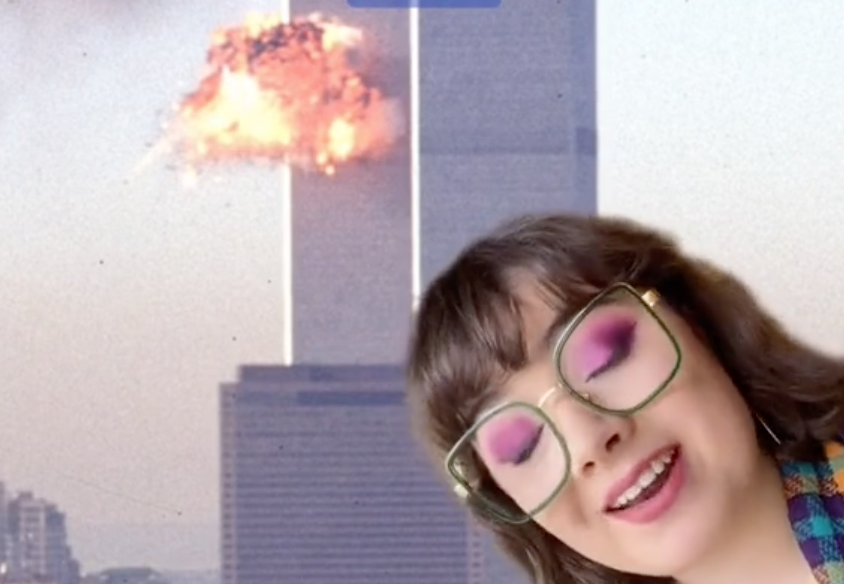TikTok, the most downloaded app of 2020, is expanding into the news business. Influencers and news outlets are capitalising on TikTok’s young user base (60 percent of its US users are between 16 and 24 years old) to drive engagement and build their brand: The Washington Post now has 900,000 TikTok followers; NBC has 1 million. Max Foster, a London-based CNN reporter, has 380,000 followers, more than his audience on Twitter, Facebook and Instagram combined.
Just as infographics took over Instagram, news videos are a hit on TikTok because they provide a perfect tool to create a succinct, story-telling snapshot. One of the most recent TikTok news success stories is this Guardian Australia video breaking down the current Afghanistan crisis, which amassed over 4.5 million views. Dave Jorgensen, self-proclaimed ‘Washington Post TikTok guy’, retweeted the video, saying that it was “really well done” and “accessible.”
Explainers like these are effective at engaging Gen Z audiences, around 51 percent of whom rely on TikTok for their news — compared to 26 percent of millennials. But their brevity inevitably means they compromise on context. For example, in The Guardian Australia video, reporter Matilda Boseley starts with the 9/11 attacks; there is no mention of Operation Cyclone or the fall of the Democratic Republic of Afghanistan, or how the Taliban were funded in the 1990s, or that the Taliban offered to negotiate the handover of Bin Ladin. This is important context that younger audiences are likely to be unaware of (around one in four Americans are too young to remember 9/11.)
Even if one could forgive these omissions for the sake of keeping the script under two minutes, the video is also tonally bizarre and bordering on insensitive. Rather than just doing a simple voiceover, Boseley uses green screen to superimpose herself over a slideshow of harrowing images. This means that viewers are treated to shots of her collection of pot plants between footage of the burning Twin Towers. Furthermore, her peppy personality and ‘YouTuber inflection’ sounds like she is recapping a Netflix series rather than discussing the deaths of over 170,000 people.
Is the problem with the limitations of the platform, or the limitations of its users? Is there a way to be ‘down with the kids’ without dumbing down? Marcus DiPaola, host of News 101 on Snapchat and a ‘news anchor’ on TikTok with over 2.5 million followers, says that he wants to be the “translator of mainstream media to teenagers”, and published his own style guide in which he says the main goal is to be ‘blunt, clear and brief.’ That’s fine, but when your aim is to also be so accessible that ‘middle schoolers with learning disabilities with zero knowledge of government’ can ‘understand [your] script’, then surely some nuance is going to be lost along the way.
There needs to be a middle ground here: a way to make content comprehensible but also comprehensive, and shareable without lowering our standards.











Join the discussion
Join like minded readers that support our journalism by becoming a paid subscriber
To join the discussion in the comments, become a paid subscriber.
Join like minded readers that support our journalism, read unlimited articles and enjoy other subscriber-only benefits.
Subscribe